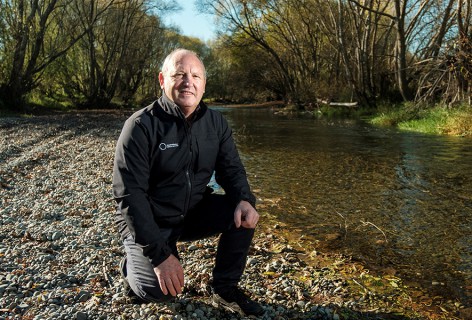With the first 6 months of 2023 the wettest for the longest duration on record, parts of New Zealand have faced a significant period of weather-related landscape adjustment.
The Ministerial Inquiry and its report (Outrage to Optimism) into the devastating impacts of these weather events offer pathways for the future. Like many, I found this report was well-balanced and a fair representation of the current state. However, unlike some, I cannot agree with the sentiment that “we must never let this happen again”. Because it will. That is what history teaches us.
New Zealand has a history of these events and their impacts. We need to understand such events will occur and cannot be completely mitigated. What we can do is better understand how landscapes respond to them, and then develop management and land use solutions that are more sympathetic to, and embrace the diversity in, those landscapes. A “mosaic of sustainable land uses” is one of the report’s recommendations, as is the procurement of high-resolution soil erosion and landslide susceptibility maps to aid in future land management decisions. Manaaki Whenua can, and is, helping with research in these areas.
Recent rain has created further landslides and areas of instability, including large deeper-seated landslides, which have caused significant disruption and damage to main roads, especially in the Gisborne region.
If there is a silver lining, our science suggests that following such significant landscape adjustment, the next few decades may be a bit quieter with fewer landslides. This is in part because the landscape has had a reset, but also because in many places there is not much left in the way of soil to fall off the hillside.
But does this mean woody debris will cease being delivered to the region’s beaches? No. There are more trees in the landscape now than there have been in the last 150 years. If the big storms that cause landslides and flooding continue to occur, as they will, woody debris will still remain a problem, because there is now more wood to be recruited, whether from an exotic or a native forest or from a soil conservation planting. It may not be as great a problem in the future, but it can’t be reduced to zero.
As the report highlights, a future pathway will involve retreat from some areas and perhaps transition to a different forest cover in others. What is not so clear is who pays for this transition. It is imperative to recognise that, regardless of the future land use, ongoing management, such as weed and pest control in reverting or planted native forest, will be needed. This will involve ongoing costs. The owners of many steepland farms and forests, are also demanding, and will continue to demand, a say in what type of tree goes where.
If we look back in 100 years, will we see the outrage caused by these natural events moderated by land users and their communities who sought new pathways to live with and adapt to their environment? Let’s hope so.

